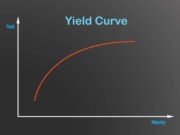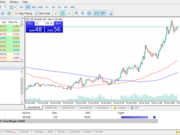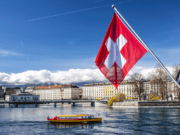What is ‘Absolute Rate’
The fixed portion of an interest-rate swap, expressed as a percentage rather than as a premium or a discount to a reference rate.
Explaining ‘Absolute Rate’
The absolute rate is a combination of the reference rate and the premium or discounted fixed percentage. For example, if the LIBOR is 3% and the fixed interest portion of the swap is at a 7% premium, the absolute rate is 10%.
Further Reading
- Mean-absolute deviation model – www.tandfonline.com [PDF]
- Valuing risky fixed rate debt: An extension – www.jstor.org [PDF]
- Ex ante costs of violating absolute priority in bankruptcy – onlinelibrary.wiley.com [PDF]
- Different measures in testing absolute purchasing power parity – www.tandfonline.com [PDF]
- Equilibrium relations in a capital asset market: A mean absolute deviation approach – link.springer.com [PDF]
- A mean-absolute deviation-skewness portfolio optimization model – link.springer.com [PDF]
- Mean-absolute-deviation versus least-squares regression estimation of beta coefficients – www.jstor.org [PDF]
- Constant absolute risk aversion preferences and constant equilibrium interest rates – onlinelibrary.wiley.com [PDF]
- Purchasing power parity based on effective exchange rate and cointegration: 25 LDCs' experience with its absolute formulation – www.sciencedirect.com [PDF]


































